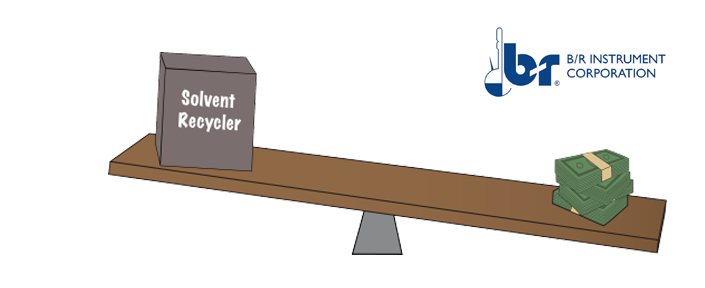d
Does Solvent Recycling make cents…dollars?
Products are for professional/laboratory use only.
Q. My boss wants our lab to start recycling solvents. How do I know if it makes financial sense? Solvent recycling saves money! That’s the main driving force for recycling.
A common gauge of the cost savings is a payback analysis. This shows how long it will take before a recycler has paid for itself in saved solvent and disposal costs.
We find that most recyclers pay for themselves in 1 to 3 years. Here’s how to figure out how much money a solvent recycler can save your lab.
Step 1. How much solvent do you use?
The first step to calculate your payback period is to find out how much xylene, xylene substitute, alcohol and formalin you use each month. You may need to go through some bills and receipts but this shouldn’t be difficult to figure. As an example let’s use some numbers from a small lab.
Step 2. How much does the solvent and disposal cost?
Learn the various costs associated with each solvent. Try to include all of the costs including:
- Solvent cost
- Taxes on solvent purchases (sales tax, VAT, other taxes)
- Delivery charges
- Drum fees
- Waste removal fees
Customers often find hidden fees and taxes they didn’t even know existed.
Step 3. Add up all the costs?
Once you have this information, it is not difficult to calculate the total cost of solvent purchase and disposal. You may be surprised to see just how much your solvents are really costing you.
Last Step
To do a payback calculation, you just divide the cost of a recycle by the monthly cost for solvents/disposal. The result is the number of months before the recycle has paid for itself. A typical value would be around 18 months.
Article originally posted on BR Instrument blog.








